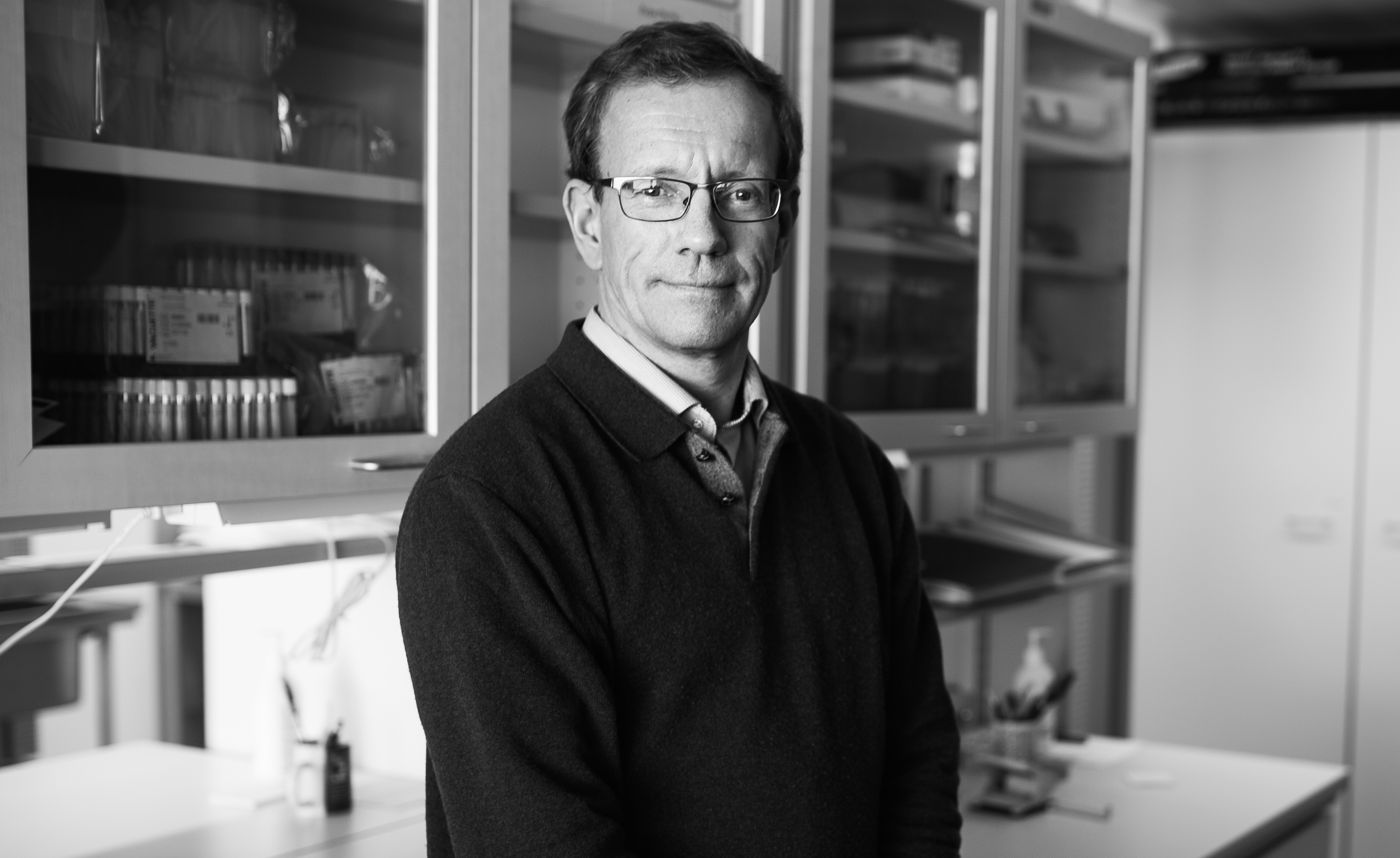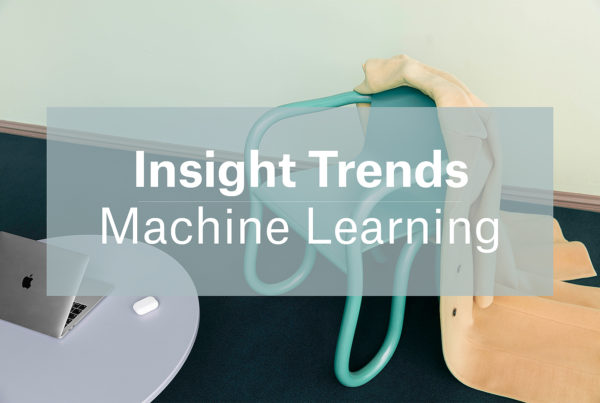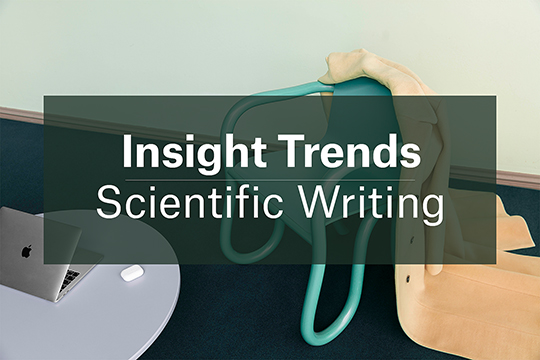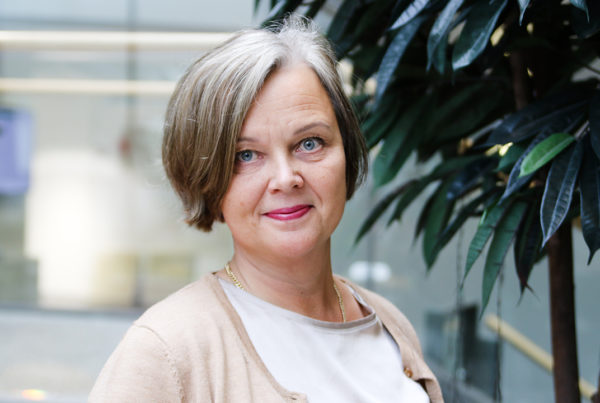In March 2015, the Turku-based clinical biobank Auria became the first Finnish biobank to sign a collaboration contractwith a global life science enterprise, Bayer Pharma AG. But this was just the beginning. In the past year, collaboration has been initiated between Finnish biobanks and several enterprises, including Roche, Pfizer, and MSD.
International companies are showing a growing interest in Finnish biobank research—but what exactly can they gain from it?
To answer this question, we met Kimmo Pitkänen, Director of Helsinki Biobank and one of the leading biobanking experts in Finland. According to Pitkänen, the potential of Finnish biobanks is immense—and growing.
”Obviously, the overall quality of Finnish biobanks and the samples collected in them over decades are an important asset,” says Pitkänen. However, he estimates that in addition to the samples, the data that can be linked to them is becoming increasingly important. As an example, he mentions the Helsinki Biobank.
Once it has fully started its operations in Autumn 2016, the Helsinki Biobank will be an integrated part of Finland’s largest hospital infrastructure, HUS. The biobank will be linked to the hospital’s IT infrastructure, allowing the combination of samples collected with biobanking consent with data from patient and laboratory record systems. Genome-level information from the HUS genetics laboratory will also be linkable to these samples, along with information from various national high-quality registers.
The concept of biobank research has thus expanded from pure biomedicine to drug effectiveness, health economics, and beyond. It is no surprise that companies are also becoming interested.
And then there is the Finnish genome: us Finns are still an extremely homogenous population, which makes us particularly valuable for medical research. Variations in the genome are easier to identify from a homogenous population, and as genomic information is combined with health-related information, the causes of disease or drug target genes can be identified. Furthermore, sample material collected before and after disease onset can help profile relevant patient groups for better-targeted clinical trials. This will not only save the resources of drug developers, but also enable development of more personalized treatments.
When asked about the possibilities of private companies in utilizing biobank samples, Pitkänen clarifies:
“Finnish biobanks treat all researchers—public, academic, or private—according to the same principles.”
By this he means that biobanks samples can be used in research projects that are ethical, of high scientific quality, and have the potential to benefit patients. Samples and data are only provided for common-good research projects—not individual-level decision-making for insurance companies, for example. Furthermore, the research results must be published, and at a minimum the raw data derived from the studies must be returned to the biobank so that others can benefit from it as well. If a project meets these requirements, it does not matter whether the research organization is private or public.
Pitkänen believes that collaboration with industry is now seen as an expected value, no longer an unpleasant exception. Collaboration with the private sector is actively sought—not only as end users, but also as partners to help further develop biobank operation modes.
“These kinds of data reserves and all the knowledge to use them cannot be built solely by public organizations,” he says, “And why should they? Collaboration can lead to valuable new ideas on how to better utilize the samples and the data related to them.” Pitkänen also thinks that there is a growing need for a new group of operators mediating the collaboration between biobanks and their users.
3 reasons for the pharmaceutical industry to conduct biobank research:
- Combining biological, genetic and health-related information enables various types of studies, from drug target gene identification to health economics
- Profiling relevant patient groups for better-targeted clinical trials saves resources and helps to develop personalized treatments
- Utilizing the professionally collected high-quality biobank samples and data is possible without the lengthy permission processes related to clinical trials
But what about the attitudes of the public? The general attitude towards biobanks in Finlandtends to be positive; however, only one third of those surveyed are willing to let international companies use their samples for research.
Pitkänen recognizes this skepticism, but he is convinced that most of it can be overcome with transparent working models. The sample donors are informed about the possibility that their samples may be used by commercial research and development, and they can always withdraw their consent. Biobanks openly disclose all parties that have utilized their samples, whether they are from academia or the private sector. When communicating about biobank research, concrete examples should be provided on what kind of research has been conducted and what has come out of it.
For those criticizing the commercial utilization of biobank samples, Pitkänen gives something to think about:
“None of the current medical treatments has risen from scratch, and not even from academic research alone. Developing new medications is extremely expensive, and it requires commercial partners carrying the financial responsibility if the project doesn’t succeed.”
In the case of success, the commercial partners will obviously gain some profit—but so will everyone else if the research leads to the development of new medical treatments.
Pitkänen also reminds us that the collaboration between Finnish biobanks and private partners is likely to bring new investments to Finland, and can thus also benefit us economically. “Finnish representatives of international pharmaceutical companies are already actively bringing up the benefits of collaborating with Finland’s biobanks to their headquarters, and this kind of international promotion is very valuable for us,” he notes.
Pitkänen is convinced that with transparent collaboration between companies, biobanks, health care, and academia, biobank-related research has all the potential to create completely new opportunities for research, business, and—most importantly—for clinical practice and personalized medicine.
”Different operators have slightly different angles for evaluating the benefits of biobank research,” he summarizes, “but in the end, we do have a common goal: enabling better treatment for all patients.”
Kimmo Pitkänen, PhD,is the Director of Helsinki Biobank, a clinical biobank that will be the biggest biobank in Finland once fully operational. Pitkänen served as the Advisor for the Ministry of Social Affairs and Health when the Finnish biobank law was under preparation. His previous assignments also include Head of Development for the Finnish Institute for Molecular Medicine FIMM, Policy Officer for European Commision DG for Research, as well as Senior Technology Advisor for Finnish Funding Agency for Innovation TEKES, among others.





